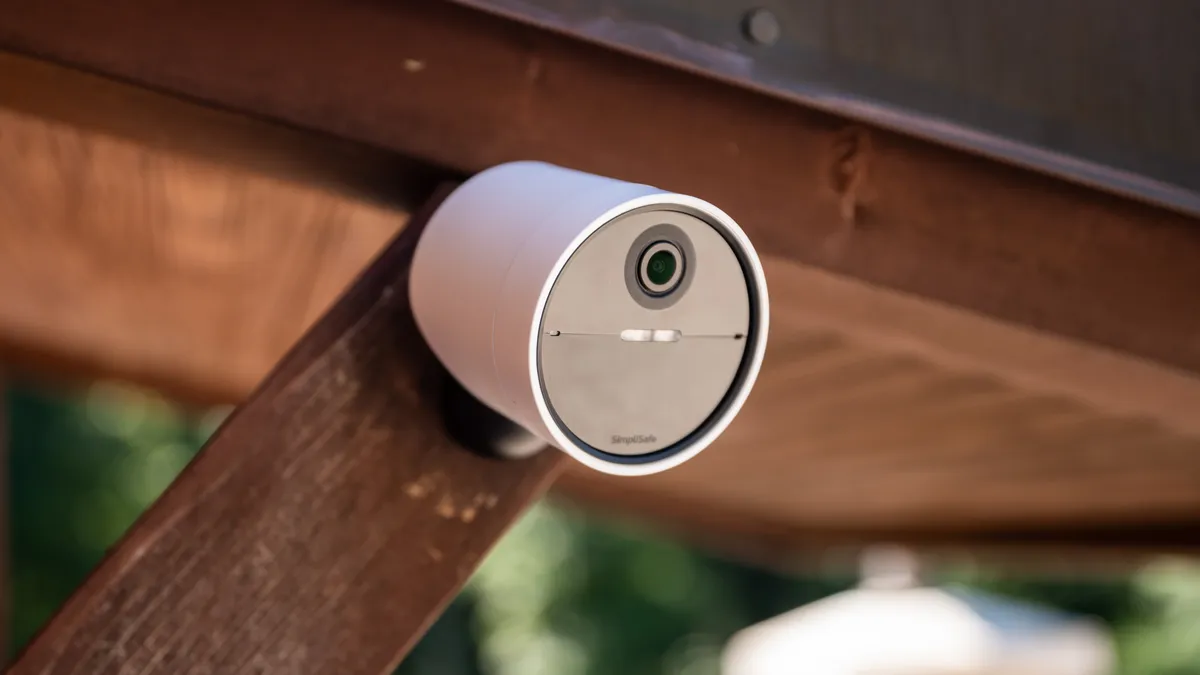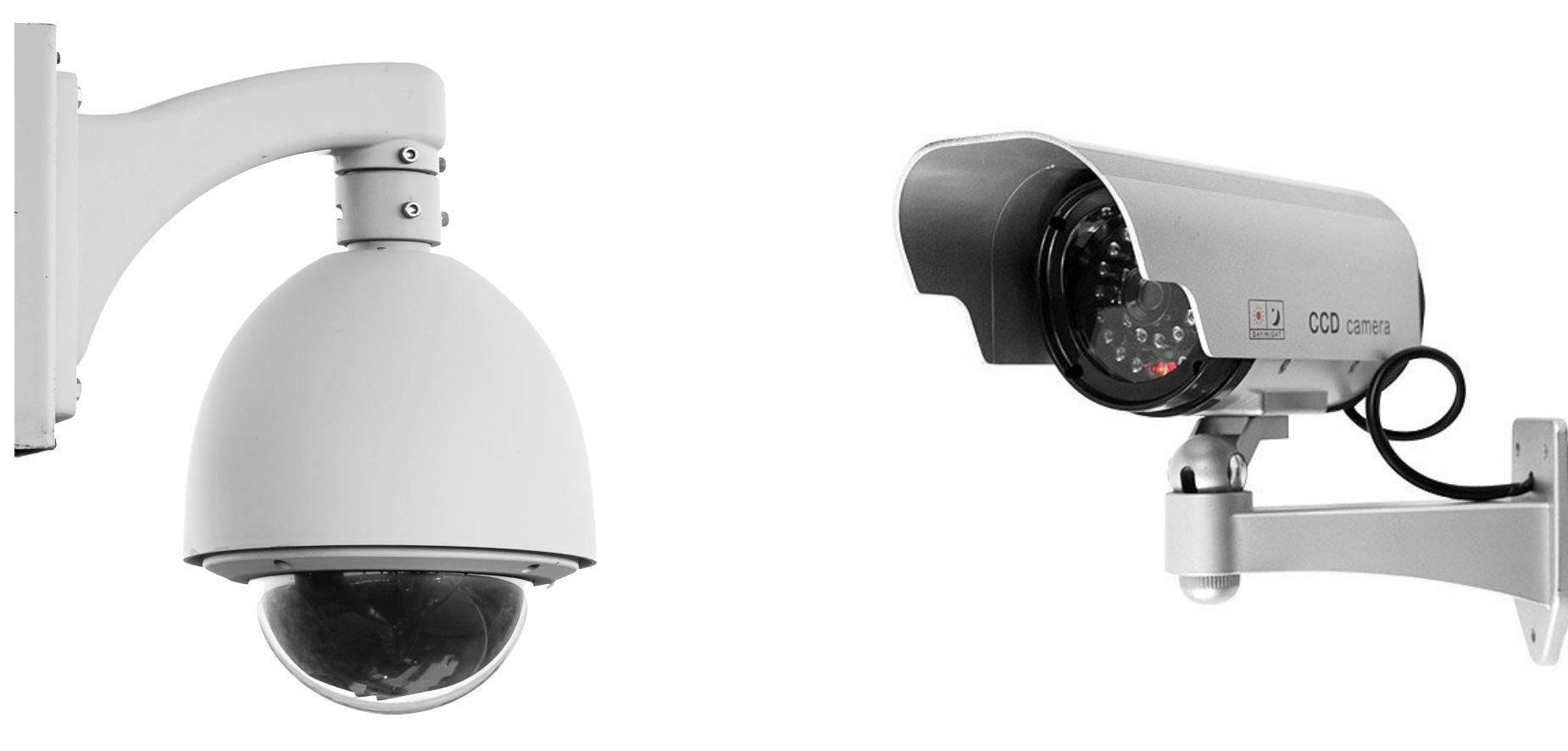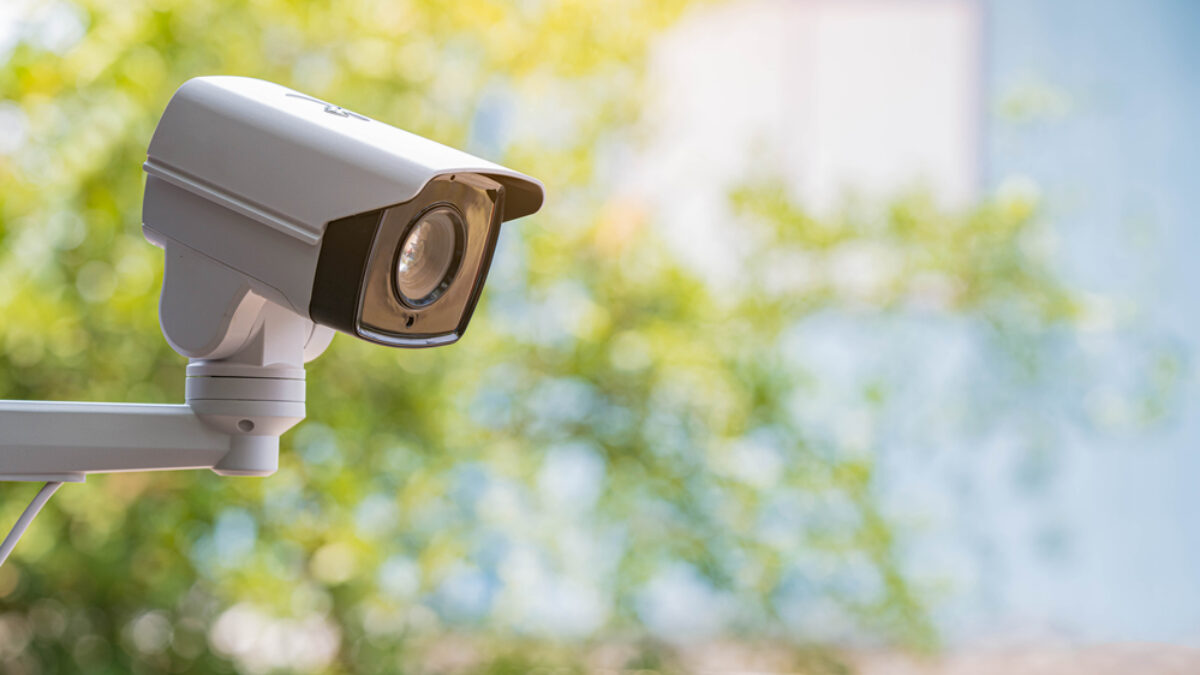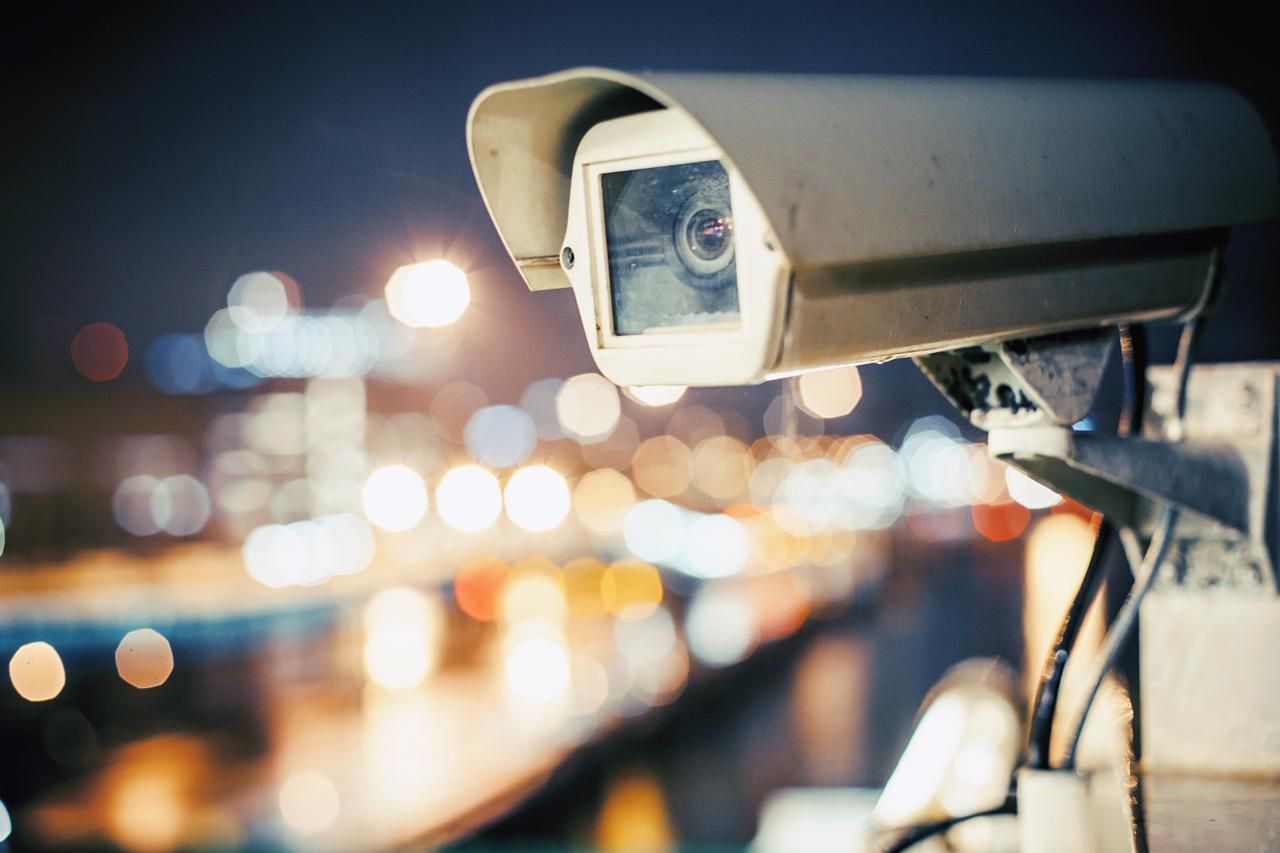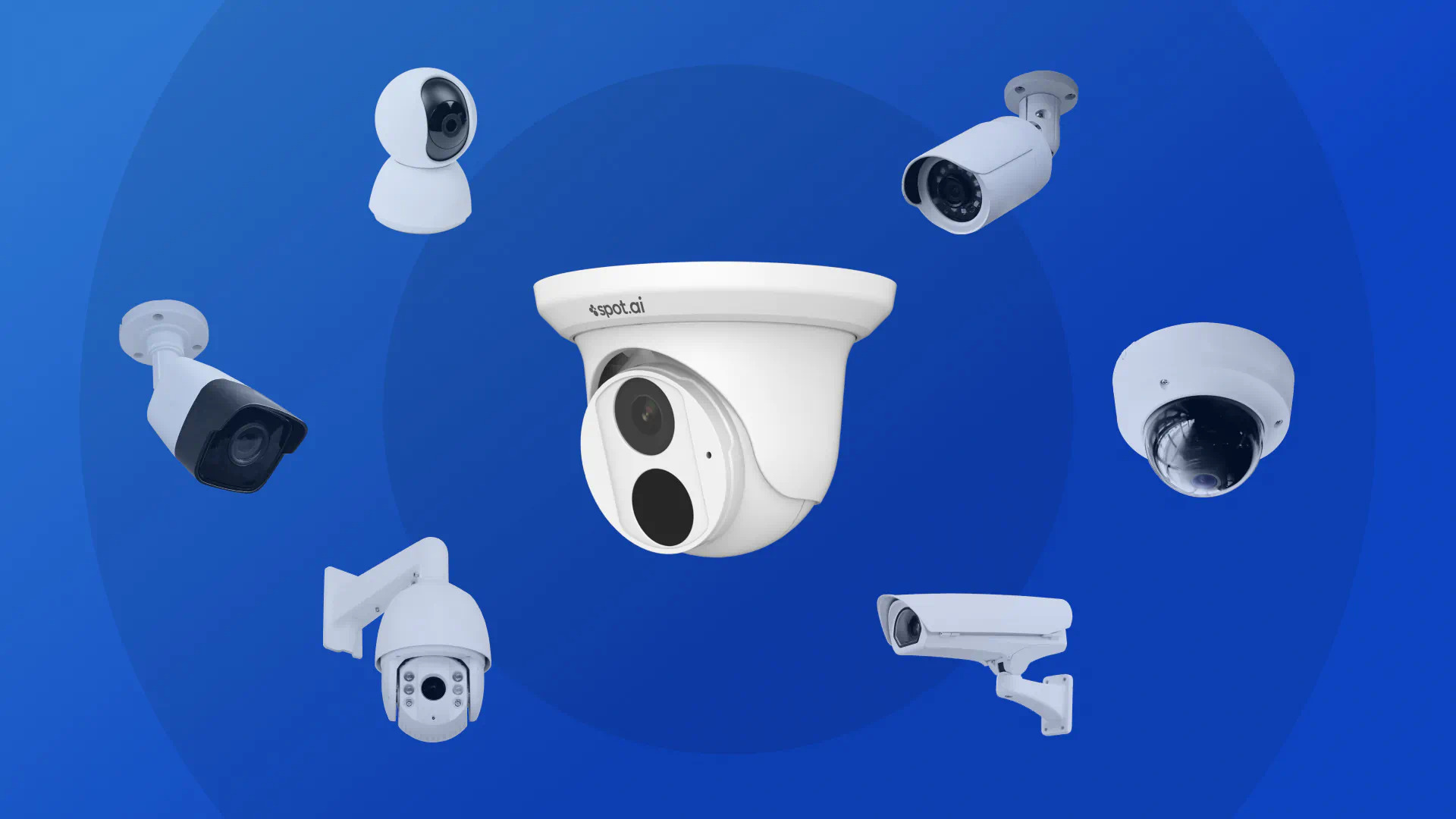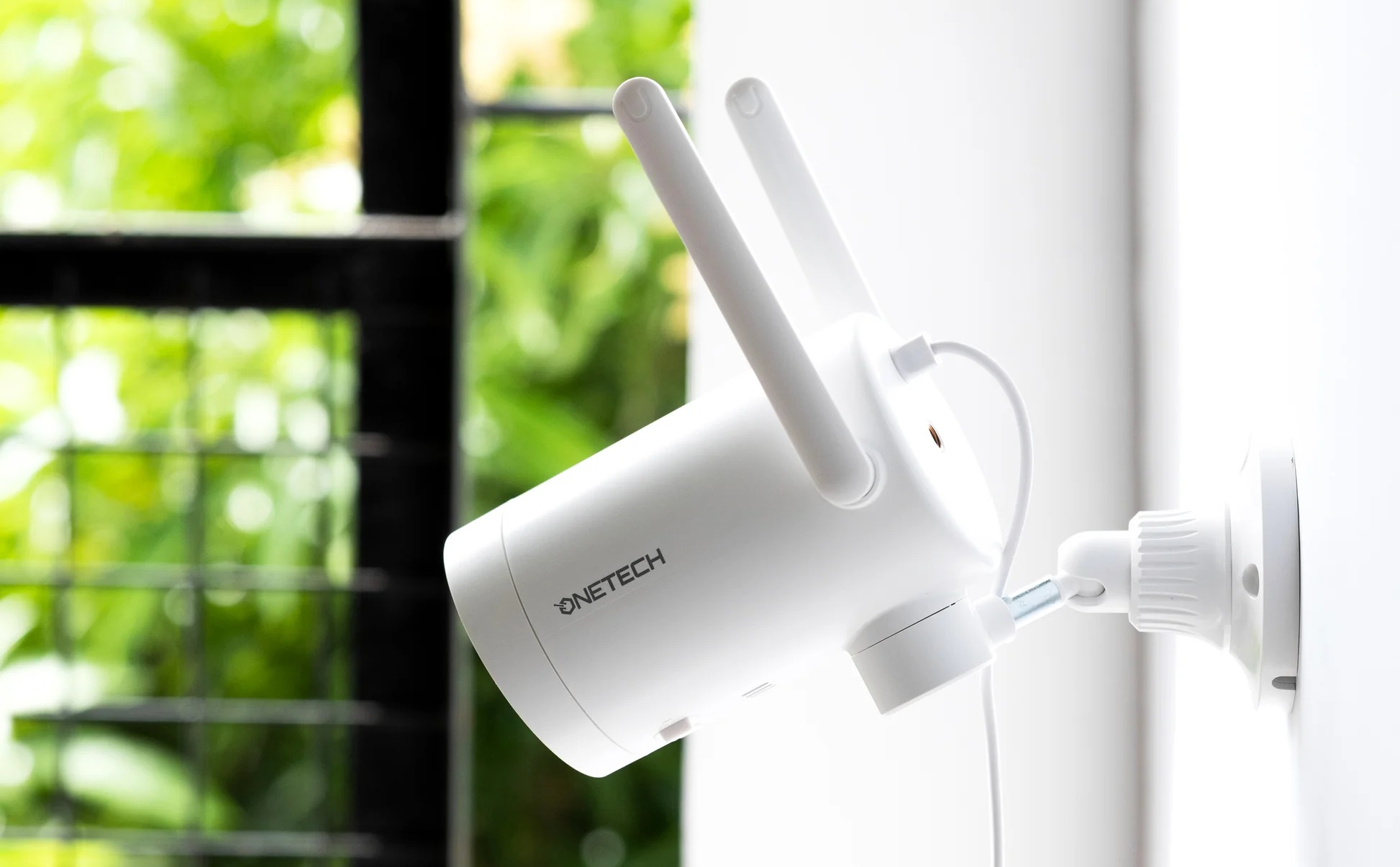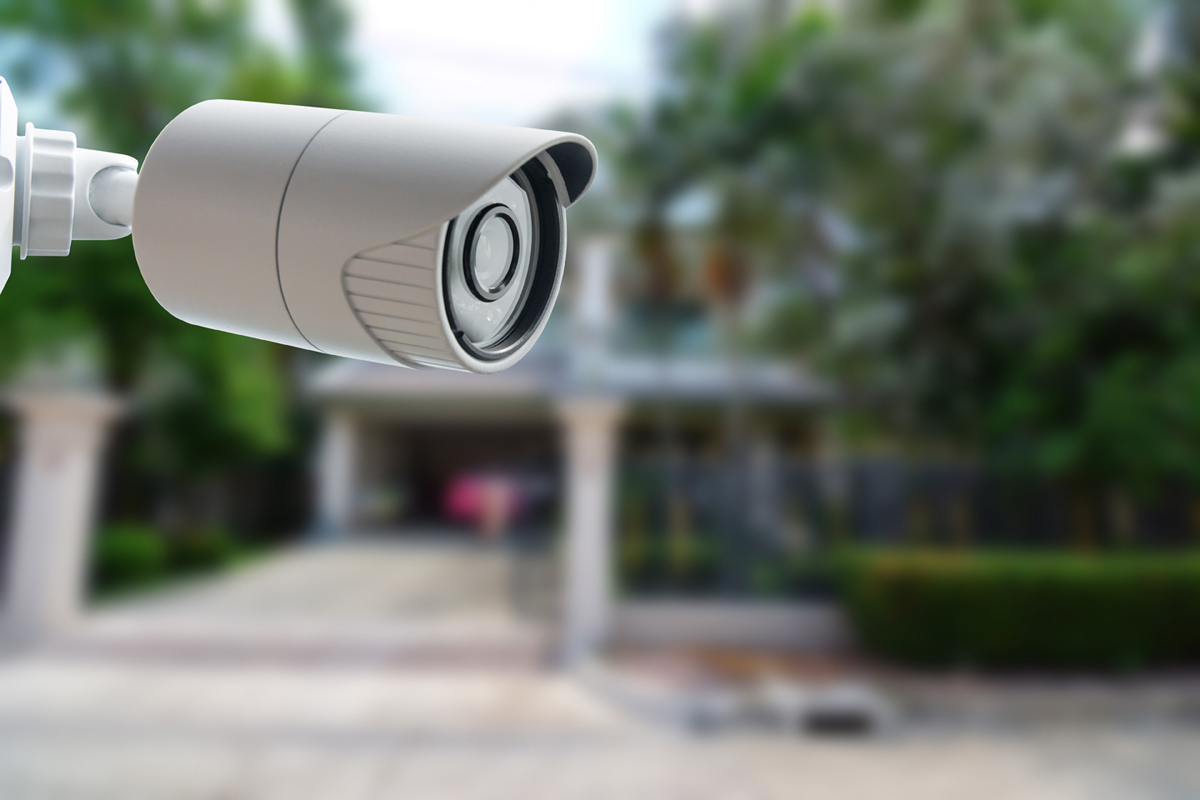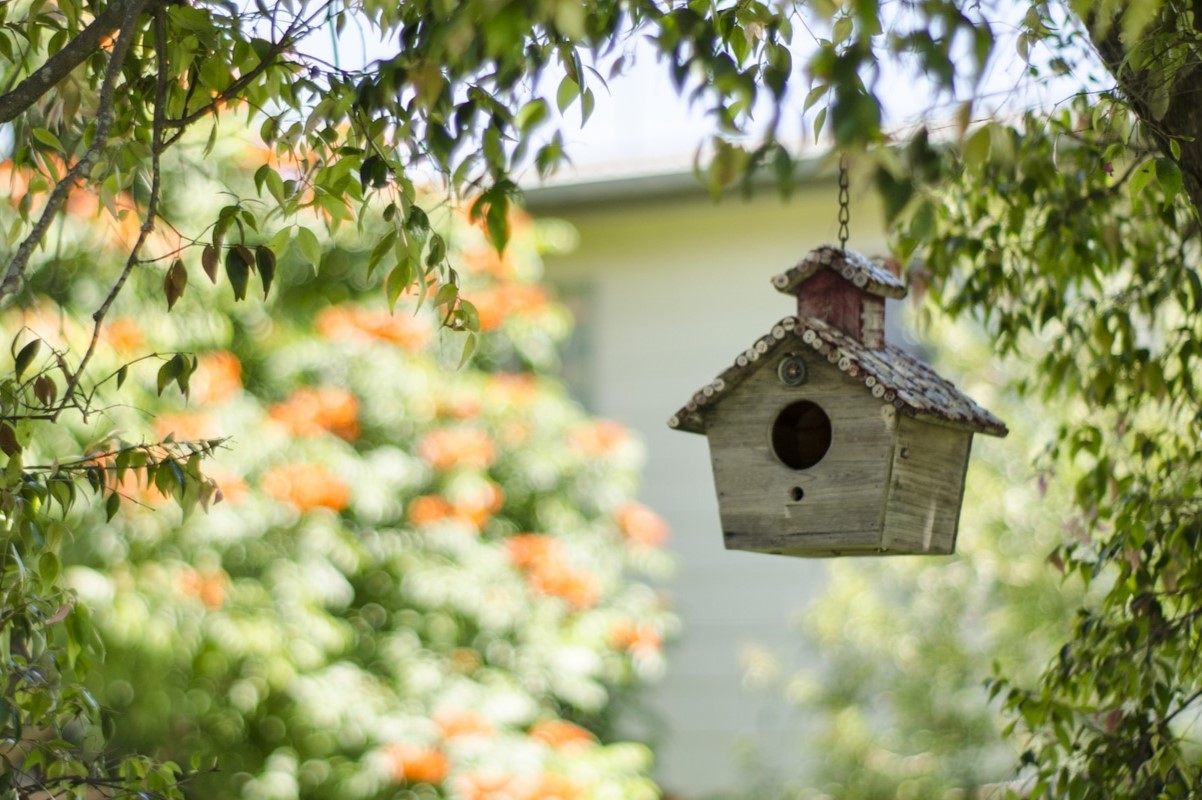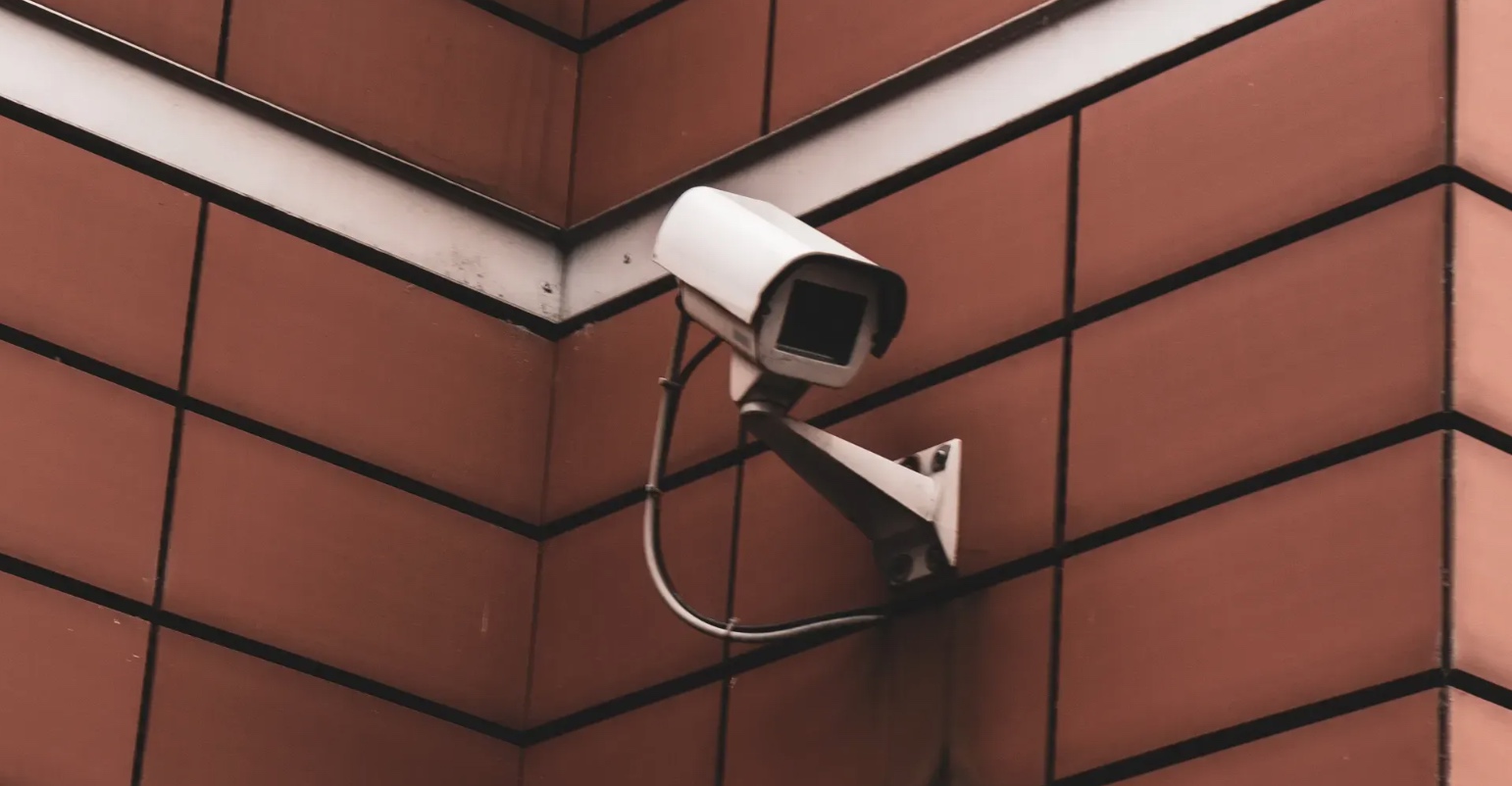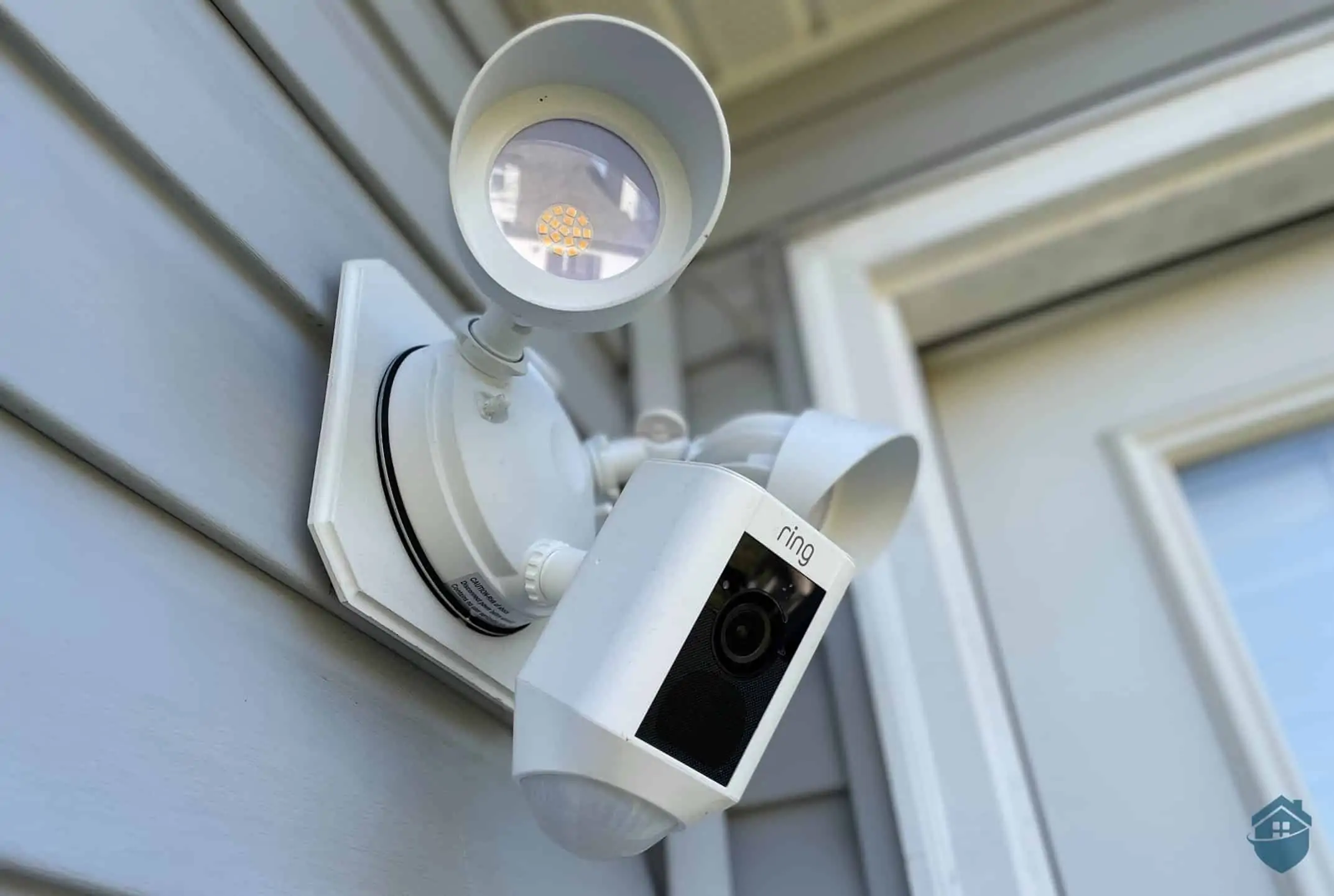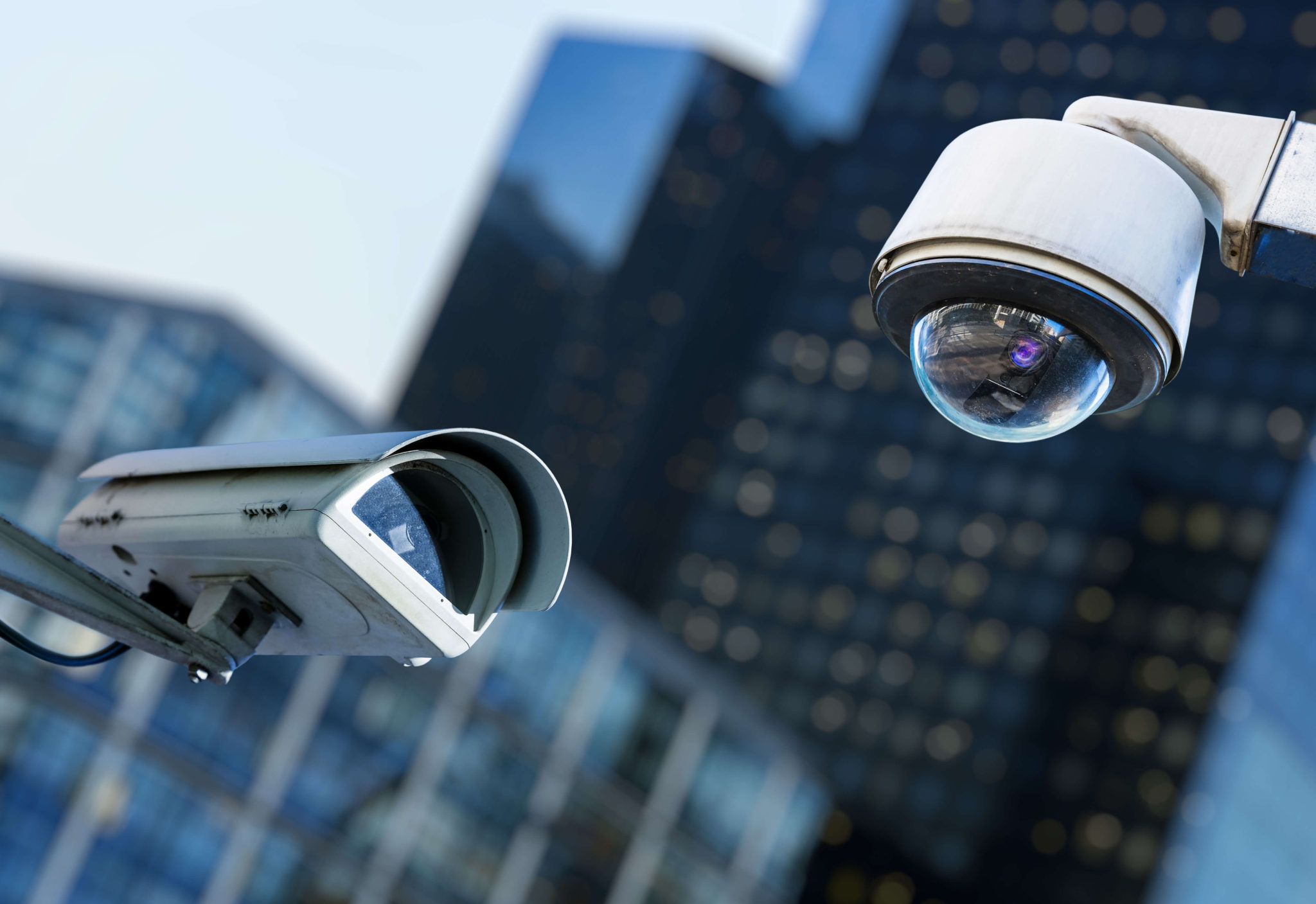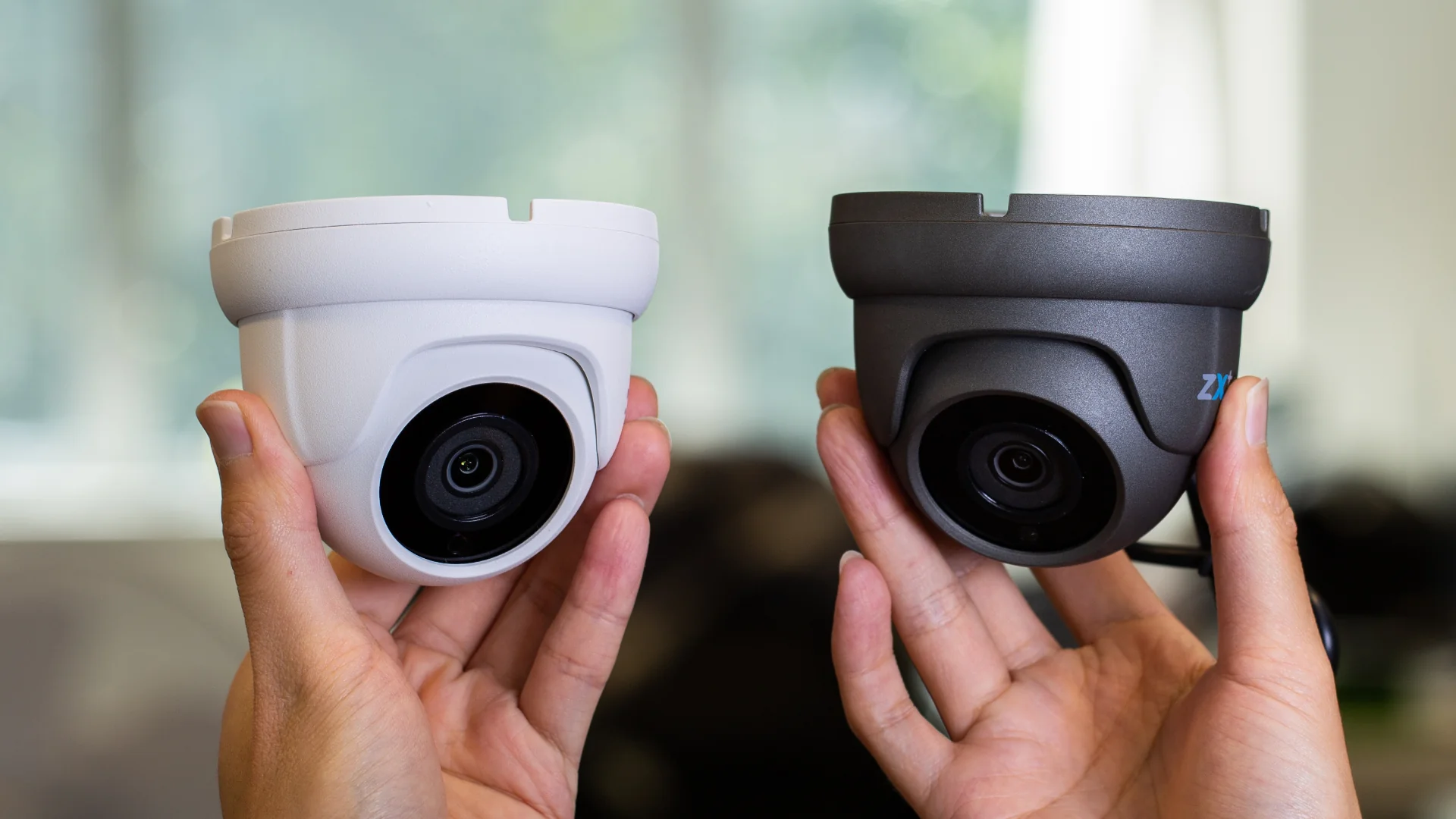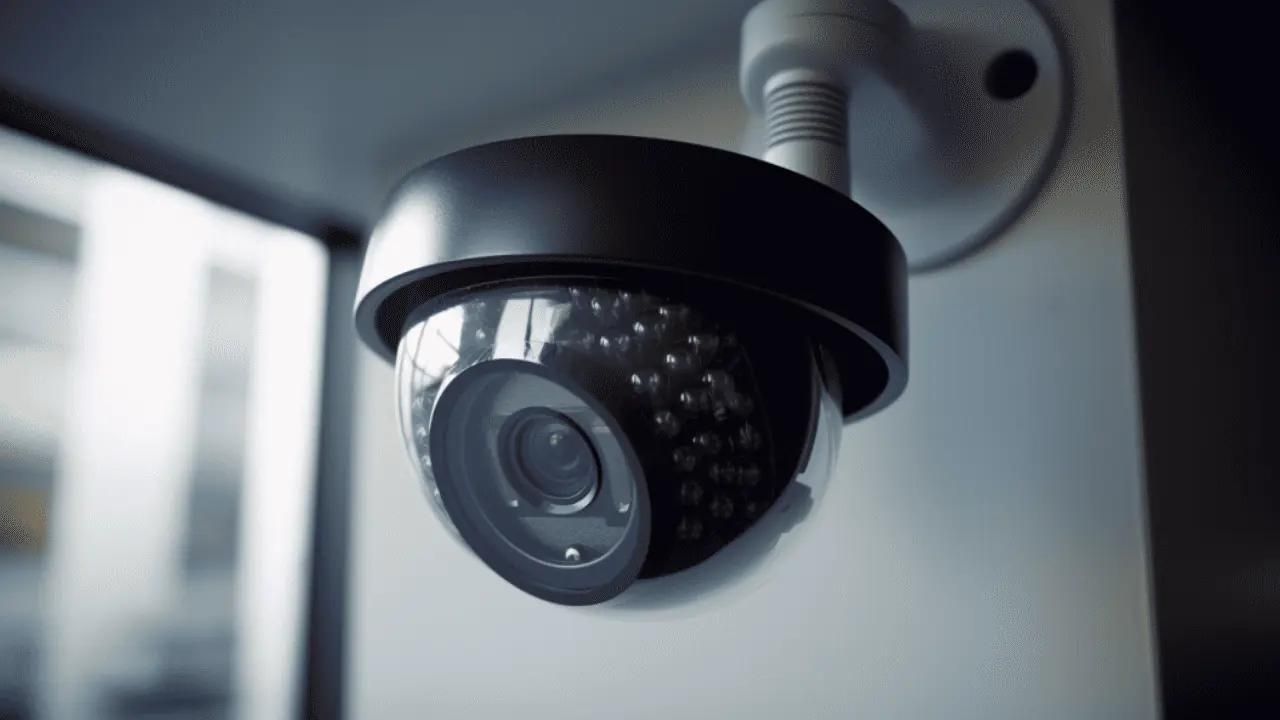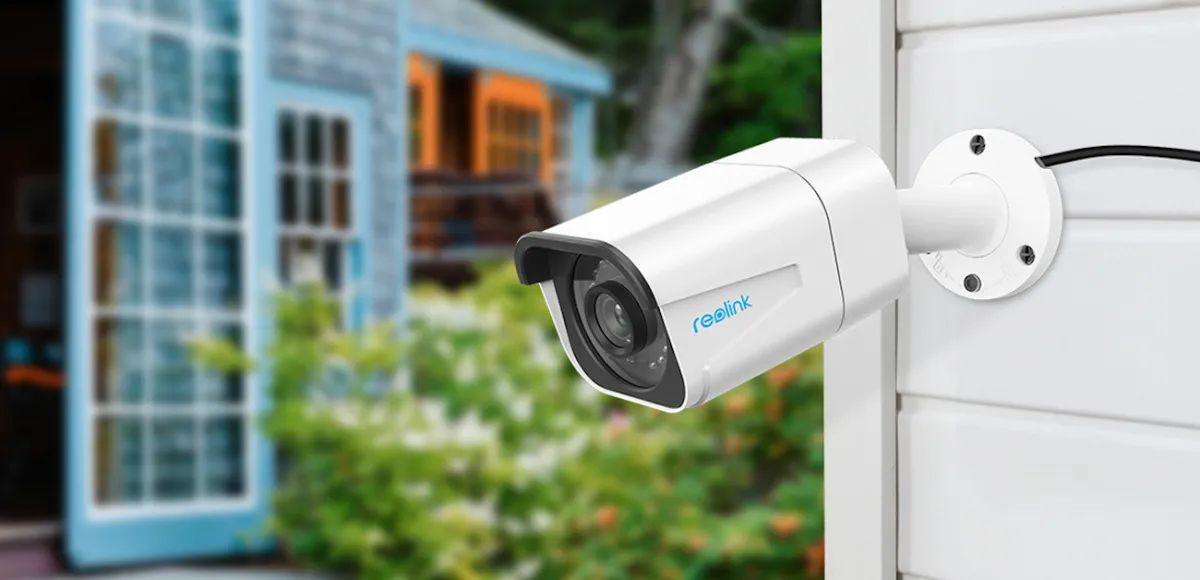Home>Home Security and Surveillance>Where To Position Home Security Cameras
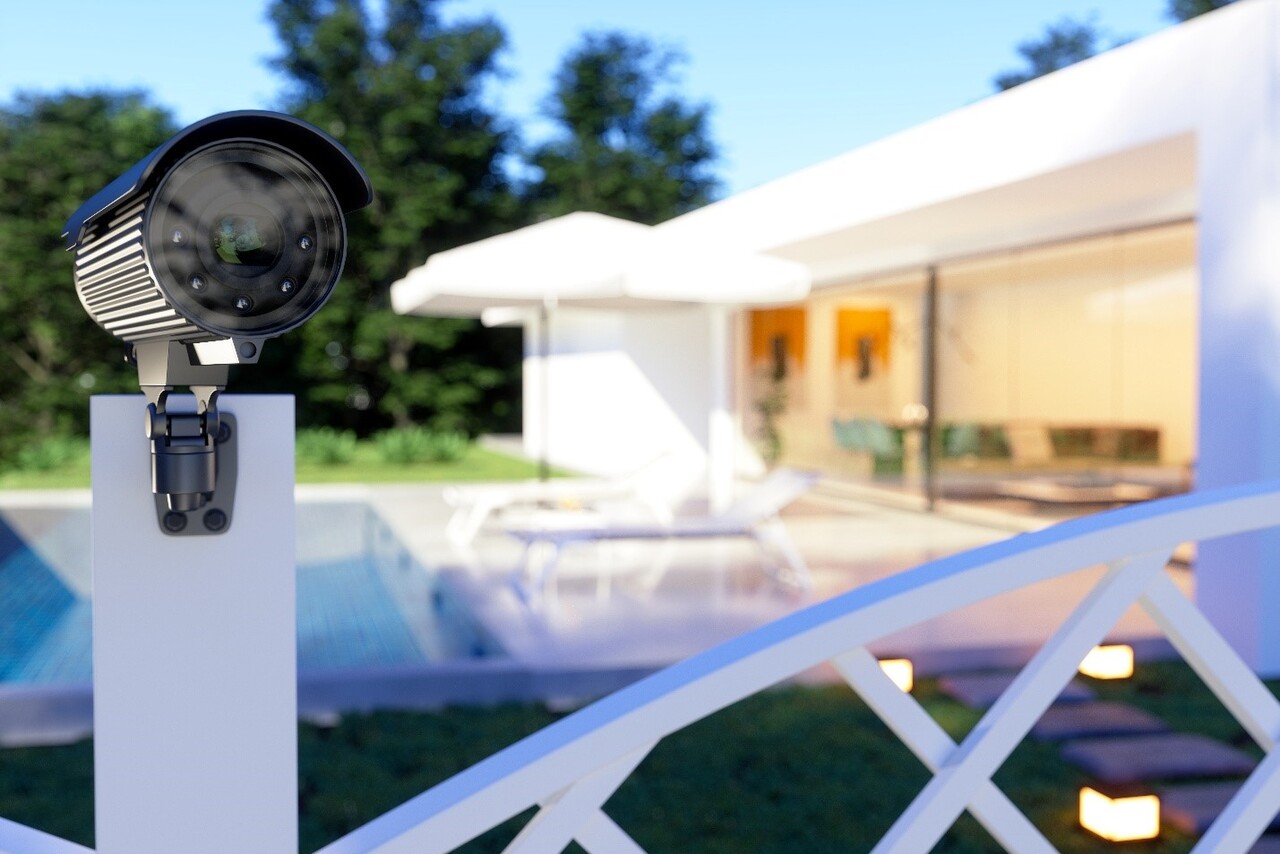

Home Security and Surveillance
Where To Position Home Security Cameras
Modified: March 6, 2024
Looking for the ideal placement for your home security cameras? Discover effective strategies and tips for positioning your surveillance system at [your website]. Ensure the safety and protection of your home with expert advice on home security and surveillance.
(Many of the links in this article redirect to a specific reviewed product. Your purchase of these products through affiliate links helps to generate commission for Storables.com, at no extra cost. Learn more)
Introduction
Welcome to our comprehensive guide on where to position home security cameras. As technology continues to advance, home security and surveillance systems have become an integral part of protecting our homes and loved ones. One of the key elements of any effective security system is the strategic placement of cameras to ensure optimal coverage.
Knowing where to position your home security cameras is crucial in order to capture clear and useful footage. Whether you are concerned about burglaries, vandalism, or simply want to keep an eye on your property, proper camera placement plays a vital role in maximizing your security efforts.
In this article, we will walk you through the factors to consider when positioning your home security cameras, both indoors and outdoors. We will also highlight common mistakes to avoid to ensure that you get the most out of your surveillance system.
Remember, the goal is not just to have cameras installed, but to have them strategically placed to provide the best possible protection for your home and family.
Key Takeaways:
- Properly position home security cameras by considering entry points, lighting, and vulnerable areas. Avoid common mistakes like overlooking blind spots and neglecting privacy concerns for maximum effectiveness.
- Strategically place outdoor cameras at front entrances, backyard, and garage. For indoor cameras, focus on main entry points and high-traffic areas while respecting privacy and avoiding common mistakes.
Read more: Where To Position CCTV Cameras At Home
Factors to Consider When Positioning Home Security Cameras
When it comes to positioning your home security cameras, there are several important factors to consider. These factors will help determine the most effective placement for your cameras and ensure optimal surveillance coverage. Let’s take a closer look at these considerations:
- Entry Points: Start by identifying the entry points to your home, such as doors, windows, and garages. These are the primary areas where potential intruders may attempt to gain access. It is crucial to have cameras positioned to cover these entry points, providing you with a clear view of anyone approaching or entering your property.
- Line of Sight: Consider the line of sight for your cameras. Ensure that there are no obstructions, such as trees or shrubs, that could hinder the camera’s view. Clear lines of sight are essential for capturing clear footage and identifying individuals or activities on your property.
- Lighting Conditions: Lighting plays a significant role in the effectiveness of surveillance cameras. Ensure that your cameras are positioned to avoid direct sunlight, as it can cause glare and make it difficult to see details in the footage. Additionally, consider adding outdoor lighting to areas where cameras are placed to enhance visibility during nighttime hours.
- Camera Range and Resolution: Understand the range and resolution capabilities of your cameras. This will help you determine the ideal placement based on the area you want to monitor. For larger areas, you may need cameras with a wider field of view or the ability to pan, tilt, and zoom.
- Vulnerable Areas: Identify any vulnerable areas or blind spots around your property. These could include alleys, dark corners, or outbuildings. Make sure to position cameras strategically to monitor these areas and minimize the risk of potential threats going unnoticed.
- Privacy Zones: Respect your neighbors’ privacy by adjusting the camera’s field of view to avoid capturing their property or windows. This not only maintains good relationships with your neighbors but also ensures compliance with legal and ethical standards.
- Weatherproof and Vandal-proof: Consider the durability of your cameras. Outdoor cameras should be weatherproof to withstand harsh weather conditions, while both indoor and outdoor cameras should be vandal-proof to prevent tampering or sabotage attempts.
By taking these factors into account, you can position your home security cameras strategically to provide optimal coverage and ensure the safety and security of your property.
Outdoor Camera Placement
Outdoor camera placement is crucial for monitoring the exterior of your home and detecting any potential threats or suspicious activity. Here are some key considerations for positioning your outdoor security cameras:
- Front Entrance: The front entrance is a common target for burglars. Place a camera at eye level near the front door to capture clear footage of anyone approaching or tampering with the door. This camera can also cover the driveway and the street in front of your property.
- Backyard and Patio: The backyard and patio areas are often overlooked, but they can be vulnerable to break-ins or unauthorized access. Install cameras to cover these areas, focusing on entry points such as doors, windows, and sliding glass doors. Additionally, consider placing cameras with a wide field of view to monitor the entire backyard.
- Garage and Side Entrances: Exterior doors leading to the garage or side entrances can be appealing to potential intruders. Install cameras to monitor these areas, ensuring that they provide a clear view of anyone approaching or attempting to gain access to your property through these entrances.
- Perimeter Monitoring: For larger properties or properties with extensive grounds, consider setting up cameras along the perimeter to monitor any unusual activity or trespassing. Make sure these cameras have a wide coverage range and night vision capabilities to ensure 24/7 surveillance.
- Visible Deterrence: While it’s important to have cameras placed discreetly to minimize tampering, consider installing a few visible cameras in prominent locations. This acts as a deterrent to potential intruders and can help prevent crime before it occurs.
- Height and Angles: When positioning outdoor cameras, ensure they are mounted at an appropriate height and angle. The cameras should be high enough to prevent tampering but low enough to capture clear facial recognition. Angling the cameras downward can provide a better view of the area and reduce the risk of glare from the sun.
- Power and Connectivity: Ensure that your outdoor cameras are positioned in areas with easy access to power outlets or have a reliable power source, such as battery-operated or solar-powered cameras. Additionally, ensure a stable and secure internet connection for cameras that require connectivity.
- Camera Housing: Use weatherproof camera housings to protect your outdoor cameras from rain, snow, dust, and extreme temperatures. These housings help prolong the lifespan of your cameras and maintain clear visibility even in challenging weather conditions.
By strategically placing outdoor cameras based on these considerations, you can effectively monitor the exterior of your home and enhance the security of your property.
Position home security cameras at entry points such as doors and windows, as well as in areas with valuable items. Make sure they are placed high enough to be out of reach, and angled to capture faces and license plates.
Indoor Camera Placement
Indoor camera placement is just as important as outdoor camera placement when it comes to home security. Indoor cameras help monitor the inside of your home, keeping an eye on valuable belongings, pets, and even the activities of household members. Here are some tips for positioning your indoor security cameras:
- Main Entry Points: Position cameras near the main entry points of your home, such as the front and back doors. This allows you to monitor who is entering or exiting your home and capture any suspicious activity.
- High-traffic Areas: Install cameras in high-traffic areas such as hallways, staircases, and living rooms. These areas often serve as access points to other parts of the house, making them vital for monitoring movement and detecting any unusual behavior.
- Valuables and Safe Areas: Place cameras near areas where you keep valuable items, such as jewelry, electronics, or safes. This provides an extra layer of security and ensures that any unauthorized access to these areas is captured on camera.
- Children’s Rooms and Play Areas: If you have children, consider placing cameras in their rooms and play areas. This allows you to keep an eye on their safety and activities, especially when you are not in the same room.
- Basement and Attic: These secluded areas are often overlooked but can be vulnerable to break-ins or unauthorized access. Installing cameras in the basement or attic helps monitor these areas, ensuring that any suspicious activity is captured.
- Common Areas: Don’t forget to position cameras in common areas such as the kitchen, dining room, and family room. These spaces are often used for gathering, and having cameras in these areas can help monitor interactions and ensure the security of your home.
- Privacy Considerations: While it’s important to monitor your home, it is equally important to respect the privacy of your family members. Avoid positioning cameras in private spaces such as bedrooms and bathrooms to maintain their privacy and establish trust within the household.
- Discreet Placement: Consider using discreet camera designs or camouflage options for indoor cameras to blend them seamlessly into the surroundings. This helps prevent any potential intruders from noticing the cameras and tampering with them.
- Audio Recording: If you want to capture audio in addition to video surveillance, make sure to check the legal requirements in your area. Some regions have restrictions on audio recording, so it’s important to comply with local laws and regulations.
By strategically placing indoor cameras based on these considerations, you can ensure comprehensive coverage of your home’s interior and enhance the overall security and peace of mind for you and your family.
Common Mistakes to Avoid
When positioning home security cameras, there are several common mistakes that homeowners often make. Avoiding these mistakes will help ensure that your surveillance system functions optimally and provides maximum security. Here are some common mistakes to be aware of:
- Incorrect Camera Angles: One common mistake is improper camera angles. It’s crucial to adjust the camera angles properly to capture the desired field of view. Avoid positioning the camera too high or too low, as it can result in ineffective surveillance or limited coverage.
- Overlooking Blind Spots: Failure to address blind spots in your camera placement can leave vulnerable areas unmonitored. Take the time to identify these blind spots and adjust your camera placement accordingly to ensure comprehensive coverage of your property.
- Neglecting Lighting Conditions: Lighting conditions greatly impact the quality of video footage. Avoid placing cameras in areas with direct sunlight or harsh backlighting, as it can lead to overexposed or washed-out footage. Consider installing cameras with built-in infrared technology for effective nighttime surveillance.
- Ignoring Privacy Concerns: It’s essential to be mindful of your neighbors’ privacy and respect legal and ethical boundaries. Avoid positioning cameras in a way that captures private spaces or neighboring properties. Opt for camera models with adjustable fields of view or create privacy zones to block out sensitive areas.
- Insufficient Camera Resolution: Low-resolution cameras may fail to capture crucial details, making it difficult to identify individuals or discern important information. Invest in cameras with higher resolution to ensure clearer and more useful footage.
- Failing to Secure Cameras: Properly securing your cameras is essential to prevent tampering and unauthorized access. Ensure that outdoor cameras are mounted securely and use tamper-resistant hardware. For indoor cameras, consider discreet mounting options to minimize visibility and potential tampering.
- Not Considering the Future: Technology evolves rapidly, and your security needs may change over time. When positioning cameras, consider future additions or modifications to your security system. Opt for cameras with flexible mounting options or wireless connectivity to accommodate any future changes.
- Forgetting Regular Maintenance: Neglecting regular maintenance of your cameras can hinder their effectiveness. Keep cameras clean, check for any loose connections, and update firmware regularly to ensure optimal performance and reliability.
By avoiding these common mistakes, you can ensure that your home security cameras are positioned effectively and optimized for maximum security and surveillance coverage.
Read more: Where To Place Security Cameras
Conclusion
Properly positioning your home security cameras is essential for ensuring the safety and security of your property. By considering factors such as entry points, line of sight, lighting conditions, camera range, and vulnerable areas, you can strategically place your cameras to provide optimal coverage.
When it comes to outdoor camera placement, focus on key areas such as the front entrance, backyard, garage, and perimeter to monitor potential threats. Ensure your cameras are weatherproof, positioned at the right height and angle, and have clear lines of sight to capture valuable footage.
For indoor camera placement, prioritize main entry points, high-traffic areas, and spaces where valuable items are kept. Be mindful of privacy concerns, use discreet camera designs when necessary, and consider audio recording restrictions, if applicable.
Avoid common mistakes such as incorrect camera angles, overlooking blind spots, neglecting lighting conditions, and failing to secure your cameras. Regular maintenance and considering future security needs are also important factors to keep in mind.
Remember, the goal is not just to have cameras installed, but to position them strategically. This will enable you to effectively monitor your property, deter potential intruders, and provide valuable evidence if any incidents occur.
By following these guidelines and avoiding common pitfalls, you can maximize the effectiveness of your home security cameras and create a safer environment for you and your loved ones. Stay vigilant, stay informed, and take the necessary steps to protect what matters most.
Frequently Asked Questions about Where To Position Home Security Cameras
Was this page helpful?
At Storables.com, we guarantee accurate and reliable information. Our content, validated by Expert Board Contributors, is crafted following stringent Editorial Policies. We're committed to providing you with well-researched, expert-backed insights for all your informational needs.
